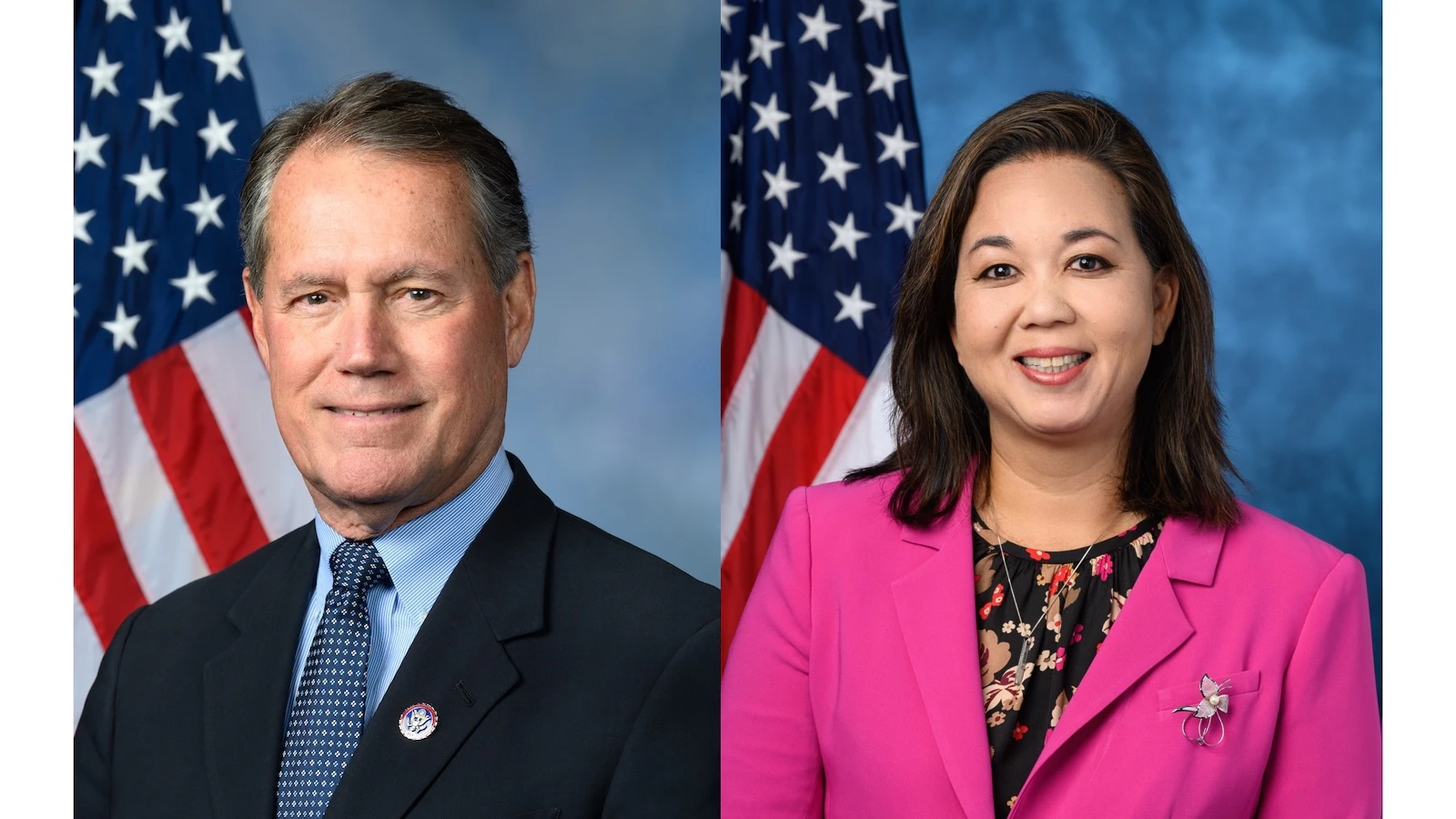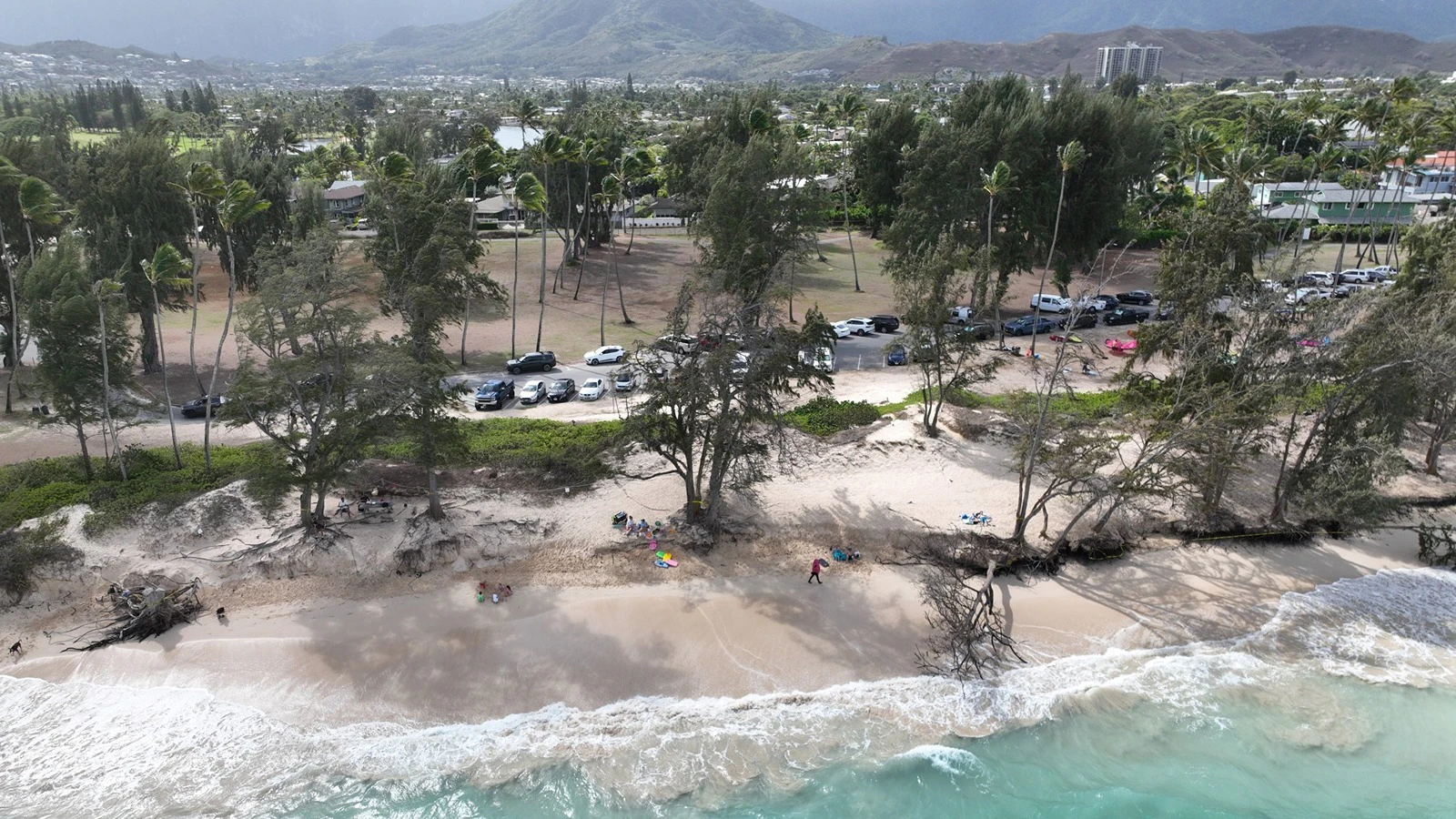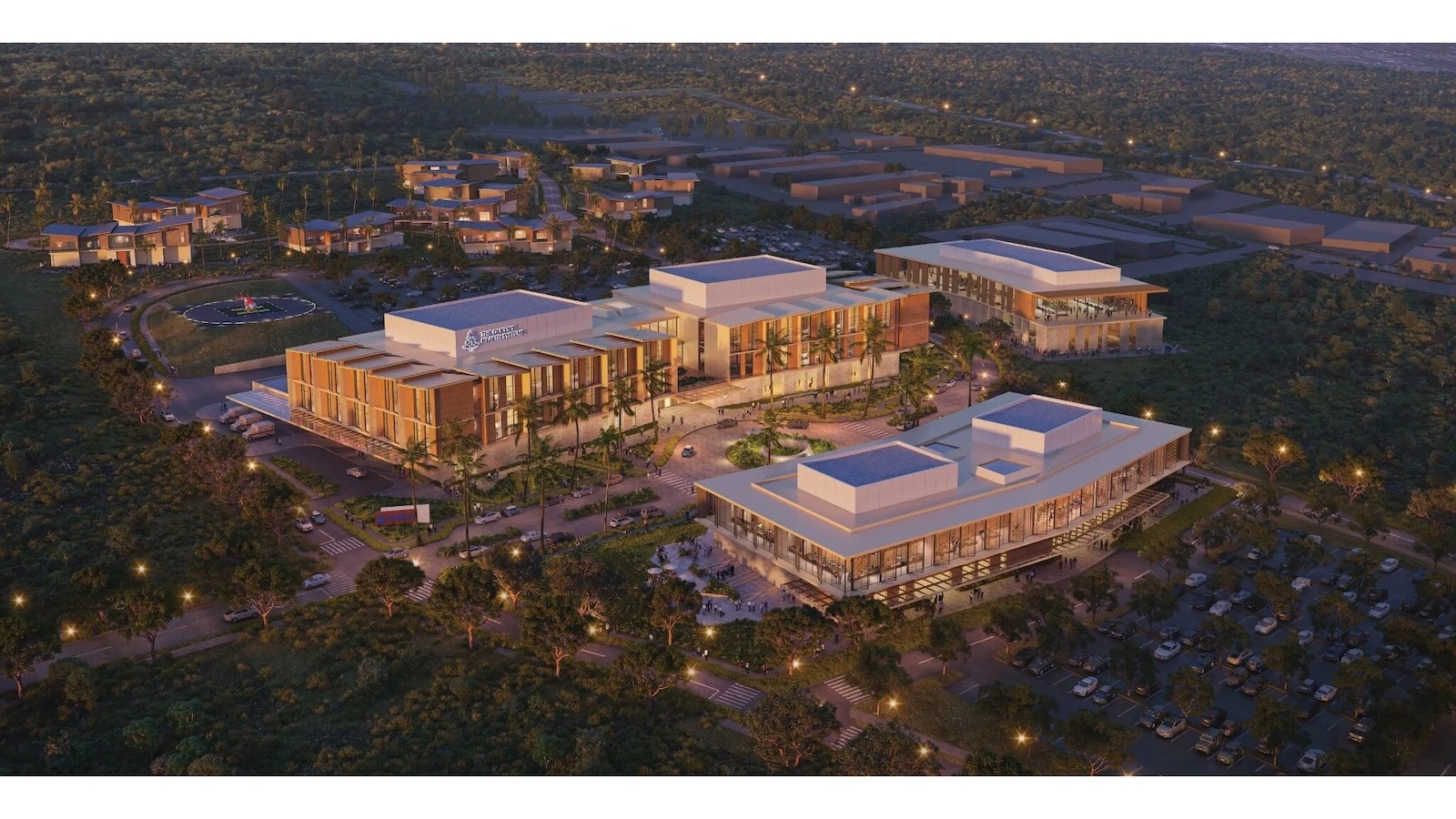Certain Hawai‘i residents in wildfire-prone neighborhoods could get $1,500 from HECO to install a generator or battery storage.
Following the devastation of the Lahaina wildfire, HECO sought to reduce the risk of high winds or falling tree branches severing a power line and causing sparks that could start a blaze. Their solution, launched in 2024, was the Public Safety Power Shutoff (PSPS) program, which preemptively cuts power to areas at high risk of a wildfire if during extreme weather conditions.
While only one PSPS shutdown has been triggered so far— in upcountry Maui in July — a PSPS shutdown could cut power for hours or days, depending on the weather conditions, leaving customers without a generator in the dark.
On Wednesday, HECO announced a project to mitigate the impacts of a PSPS shutdown. Customer households within designated PSPS zones with low-to-moderate income, or who are reliant on medical equipment that requires constant power, are eligible for a $500 rebate for the purchase of a portable generator, or a $1,000 rebate for the purchase of a portable battery.
“We are sensitive to the fact that customers affected by PSPS events may experience extended power outages,” said Brendan Bailey, Hawaiian Electric vice president of customer service, in a statement. “We want to make sure that vulnerable populations have access to backup power as the company works to reduce wildfire risks and keep customers safe.”
According to a project document submitted to the state Public Utilities Commission, eligible people would need to submit proof of their income status or special needs to HECO.
Meanwhile, commercial customers could receive a significantly larger rebate for the purchase of a generator or battery: $400 per kilowatt.
The project document proposes as an example that a commercial customer might receive a $120,000 incentive for upgrading their generator capacity by 300 kW.
In return, HECO stated that businesses “could be called upon to use their generators to help offset load on the system” during periods when power generation is low.
HECO’s proposal is for a two-year pilot program, with an annual budget capped at $3 million. Half of the budget would go to customers on Maui — where the majority of customers within PSPS zones are located — 40% on Hawai‘i Island and 10% on O‘ahu.
Between those islands, HECO has a proposed budget of $1 million for residential rebates on Maui, $800,000 on Hawai‘i Island and $200,000 on O‘ahu. The proposal estimates up to 4,800 rebates being offered over a two-year program, which could service approximately 10% of all customers within PSPS zones.
HECO has also proposed a way to recoup the $3 million annual budget: marginal increases to customers’ electric bills.
The proposal estimates that a Maui residential customer’s energy bill would increase by about one-third of a cent per kilowatt-hour, leading to a monthly bill increase of $1.64, assuming an average monthly consumption of 500 kilowatt/hours. On Hawai‘i Island, the increase would be about one-fifth of a cent per kW (with a bill increase of about $1.10) and on O‘ahu, it would be a little over one-hundredth of a cent per kW (and a bill increase of $0.08).
The PUC needs to sign off on the program — including the proposed scheme to recoup the costs — before it can be implemented.





